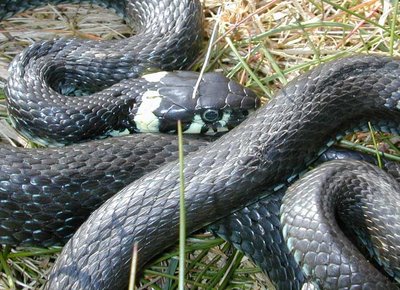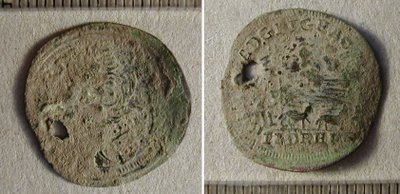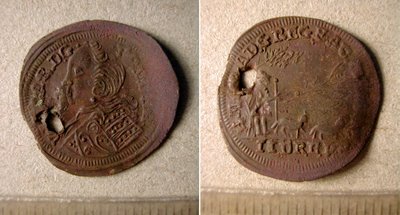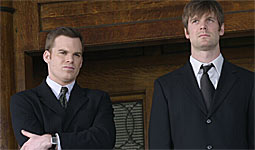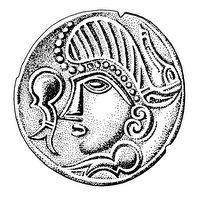Anyone who has ever shifted and sieved a lot of dirt on an archaeological dig has mused to themselves, "There's got to be a better way of doing this". The conventional solution has been to employ other people, or in the absence of such, students, to do the grunt work. But I have another suggestion.
The aim of an archaeological excavation is to abstract information about structures under ground and collect a highly selective sample of stuff from the trench. In other words: to draw interesting features, pinpoint and collect interesting finds and separate them from the spoil dirt.

A good way to do this would be with nanotech robot ants. With the size and strength of live ants, but with far more processing power, a hi-res positioning system and a wireless communications link. Instead of marking a rectangle on the ground and putting people with trowels and folding rules in it, one would mark the rectangle with positioning beacons and let a few million nano ants loose in it.
Each ant would be programmed to take a grain of material from the dig, classify it, transmit its composition and 3D location to the documentation computer, receive its opinion about it, move it to a spoil dump or a finds officer, and then repeat. Objects too large for a single ant to shift, such as a pebble or a brooch, would prompt a group of nano ants to congregate for the task.
As the ants emptied the trench, grain by grain, an extremely detailed model of the site's contents would form in the documentation computer. This model could then be sectioned every which way by human archaeologists according to their whims and interests. This methodology would generate huge datasets and a field documentation so hi-res that it would effectively be equivalent to the untouched site to any archaeologist working on a human scale of things.
The nano ants would also be great for reassembling broken pottery and glass or re-fit knapped stone. Just let them scramble over a big pile of stuff and identify surfaces that fit each other.
This technology isn't here yet, but there are
people working on it. It'll take a lot of computer smarts and engineering wizardry. But all of that is just a matter of multiplying what we already have today. It's not a qualitative leap from today's PC, total station and Mars rover. We just need to make far smaller rovers, and in the millions.
When will we have the necessary tech? I'd say it's a matter of decades. And as usual, it won't be developed for archaeology. Probably NASA will fund the development for Mars and then archaeologists will co-opt the stuff once it gets cheap enough.
That's what we do: borrow methodologies. Mats P. Malmer has said that typology is the nearest we get to an original archaeological method, but that we've actually nicked that too – from the numismatists. And Mats should know, being married to a professor of numismatics.
[More blog entries about archaeology, robots, ants, nanotech; arkeologi, robotar, nanotech, myror.]
